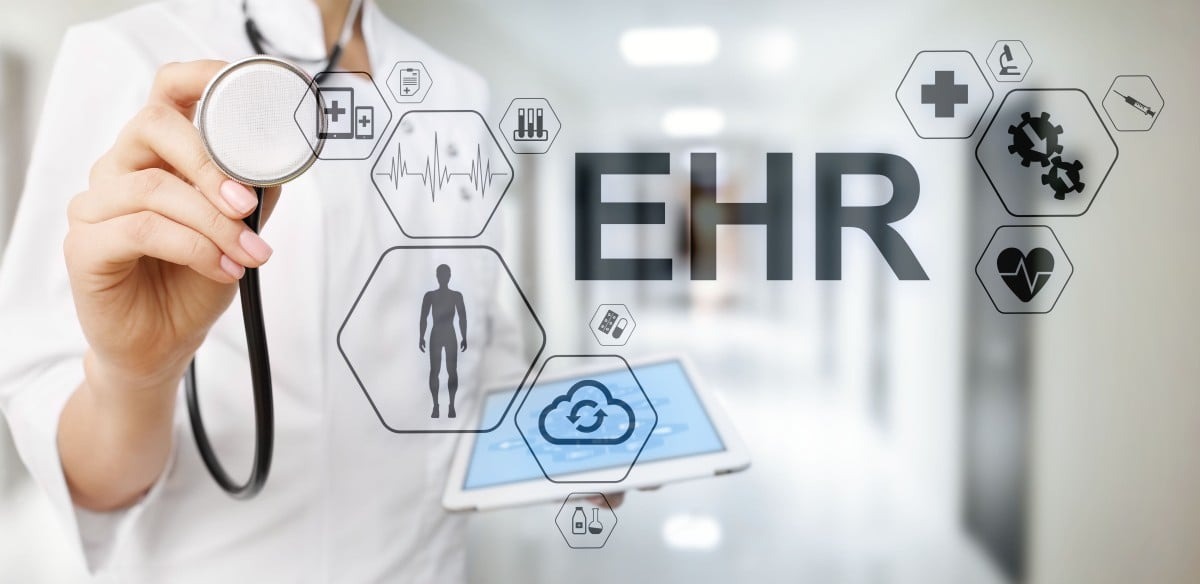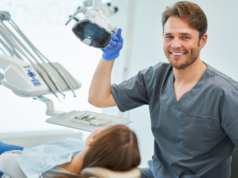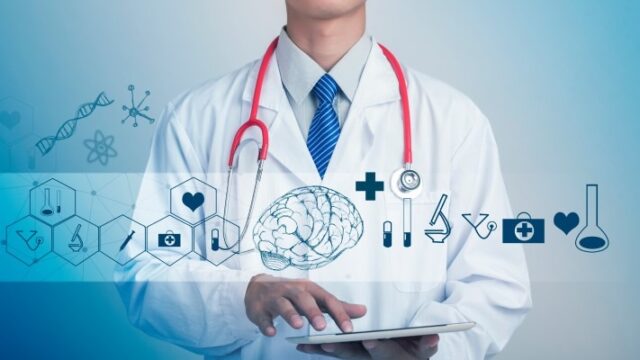
Electronic health records (EHRs) are changing healthcare education a lot. EHRs are digital systems that store patient information on computers. More healthcare workers now use EHRs to record and access health data. According to a study, over 80% of physicians reported using an EHR system.
Consequently, healthcare professionals require updated training to navigate EHR systems. Schools for doctors, nurses, and other roles must teach EHR skills. Students have to understand EHR workflows for modern healthcare.
EHRs can improve clinical education. EHRs let students access up-to-date data to make decisions. They help students on different teams work together. This article looks at how EHRs are impacting health worker training. We’ll see how top schools are adding EHR skills to prepare students. The goal is to give learners key knowledge for today’s tech-based care.
Integration of EHR Systems into Healthcare Curricula
As the use of EHR system grows, healthcare education programs are integrating more training. Schools for nurses, doctors, pharmacists, and other roles now teach EHR skills.
EHR instruction is included in coursework and hands-on practice. Examples include:
- Nursing students take health informatics classes with EHR training. They learn documentation and how to interpret data. Students also use mock EHRs to simulate workflows.
- Pharmacy students practicing e-prescribing and medication management in dummy EHR systems. This teaches them digital workflows.
- Medical residents complete EHR modules to prepare for rotations. Then they use EHRs during rotations and get feedback.
- Allied health programs, like physical therapy, teach EHR skills specific to their field. Students learn documentation and information sharing.
- Dental hygiene students training on digital dental records with mock patient charts. This builds EHR competency.
- Health IT students are deeply studying EHR principles, standards, implementation, and more.
Incorporating EHR Education into Medical School Programs
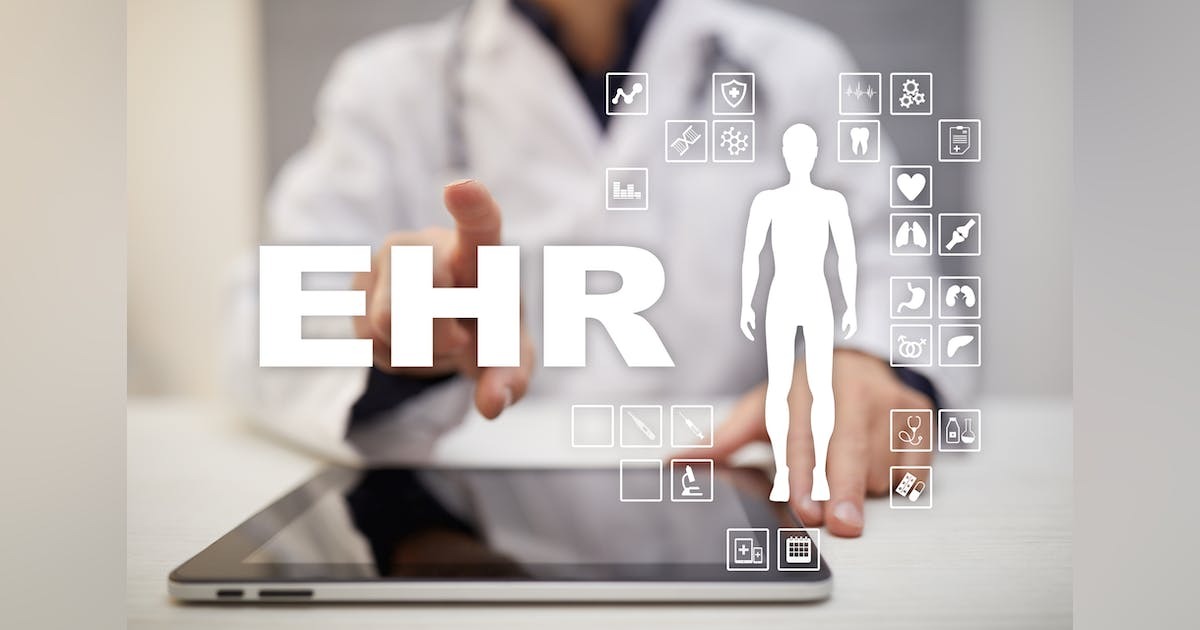
Medical schools are adding more EHR instruction to prepare students. Future doctors need to understand EHRs for modern healthcare. Consider the chart below, illustrating the barriers faced by educational institutions according to nursing students:
Data Source: National University
Numerous medical schools currently incorporate EHR skills into their curriculum. This is often part of health informatics courses. Students learn:
- The basics of EHR systems and how they work. This includes features like e-prescribing.
- How to document care and enter orders in EHRs. They practice entering notes just like real doctors.
- How EHRs improve care coordination between providers. Students see how all members of the care team use them.
- The benefits of EHRs for patients and providers. Students also discuss challenges to be aware of.
- The role of EHRs in quality improvement and reporting. Students learn how data guides better healthcare.
- How EHRs integrate with medical technology like patient monitors and labs.
- Privacy and security considerations with digital records.
Hands-on practice is key. Students often use demo versions of EHRs. They simulate workflows like:
- Logging in to access patient charts just as doctors do.
- Entering health data and medication orders during mock patient visits.
- Documenting care during simulated hospital rounds.
- Reviewing mock lab results and data trends in the EHR.
- Using EHR tools to educate mock patients at visits.
Certain institutions establish mock clinics equipped with simulated EHRs. Others use simulations during rotations in teaching hospitals.
This hands-on EHR practice helps students build real-world skills. They get comfortable using EHRs before starting residency programs as new doctors. It improves workflows and safety when they transition to patient care.
Ongoing EHR education is crucial even after medical school. Residency programs and hospitals provide additional training. But introducing EHR skills early is vital.
Utilizing Simulation and Virtual Patients for Risk-Free EHR Practice
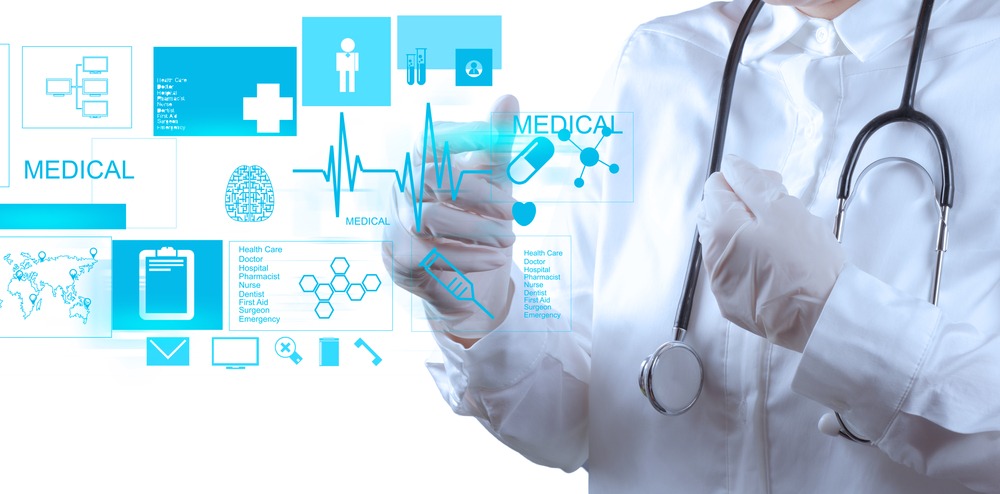
Healthcare students need real-world practice with EHRs. But they can’t use real patient data due to privacy laws. Simulations and virtual patients provide safe EHR practice instead.
In simulations, students use test versions of EHR platforms. The patients are fake but the EHR experience is realistic. This lets students practice workflows like:
- Logging into mock EHR systems just like real healthcare providers do.
- Entering health data and orders for simulated patients.
- Documenting care during mock scenarios and patient visits.
- Reviewing results and vital signs for virtual patients.
- Communicating with the care team through the EHR system.
Some schools have simulation labs set up like hospital rooms or clinics. Students play roles during mock care scenarios. Others use virtual simulation software.
The virtual patients are programmed with health data, issues, and profiles. Students react and document care in the EHR system.
Simulated EHR practice has many benefits:
- Students gain practical experience without real patient risks.
- Schools can simulate diverse scenarios from routine to complex.
- Students learn to collaborate and communicate through EHRs.
- Mistakes become learning opportunities, not safety issues.
- Skills are honed through hands-on repetition.
Healthcare students say simulations boost their confidence. Virtual practice makes them more comfortable using EHRs when they start real patient care.
Of course, simulations can’t replace real-life learning. But they provide vital practice before students use EHRs professionally. The more students do hands-on skills, the better prepared they will be to help real patients.
Improving Clinical Diagnostic and Treatment Skills
- EHRs give fast access to the latest care guides.
- Students can quickly look up lab values, meds, and more.
- This helps them choose safe, effective care.
- Using EHR data with knowledge aids choices.
- EHR practice readies students to use technology in care.
Promoting Data-Driven Decision Making
- EHRs contain huge patient data that educators can use.
- Showing EHR trends illustrates key points.
- Seeing data patterns teaches about diseases.
- Analyzing outcomes data develops quality skills.
- This thinking engages students while protecting privacy.
EHRs as a Tool for Teamwork and Communication
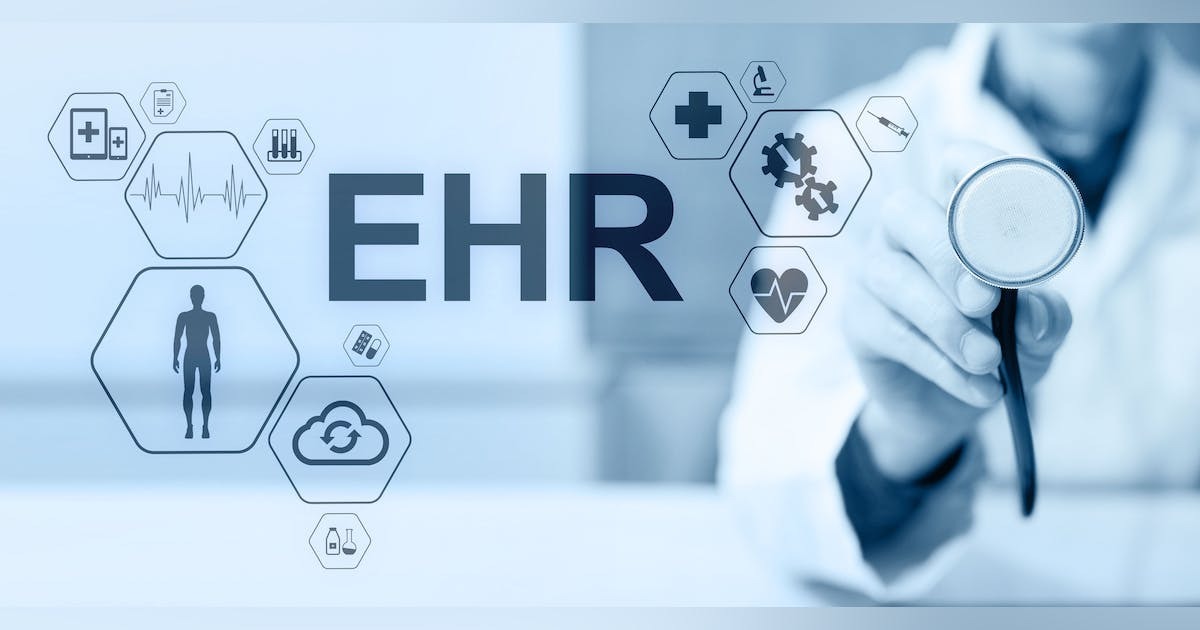
- EHRs improve information sharing between providers.
- Students learn by entering clear notes and coordinating.
- Medical and nursing students can hand off virtual patients.
- Pharmacy students practice together e-prescribing.
- Using EHRs together teaches vital teamwork skills.
Preparing Students for Collaborative Patient Care
- Real healthcare needs teams using EHRs together.
- Simulations help students learn coordination through EHRs.
- Medical, nursing, and pharmacy practice collaborating on EHR.
- This readies students for smooth teamwork in jobs.
- It improves safety and outcomes for patients.
Knowledge Updating Through EHR-Based CME
- EHRs allow easy continuing education for professionals.
- Learning tips in EHR reinforce best practices.
- This prevents errors and reminds of appropriate care.
- Bite-sized learning while working keeps users up-to-date.
Fostering Lifelong Learning and Development
- EHRs support lifelong learning by making education accessible.
- Online CME modules linked through EHRs encourage development.
- Data on gaps or errors shows areas to improve.
- Benchmarking motivates strengthening skills.
- EHR-enabled learning teaches the value of regular upgrades.
Managing the Learning Curve
- Adopting EHRs involves learning curves.
- Good training and change management ease transitions.
- Teach EHRs early in incremental steps.
- Peers and superusers assist with a learning curve.
- Patience and support help new users gain skills.
- EHR learning curves ready students for ongoing education needed in healthcare.
FAQs
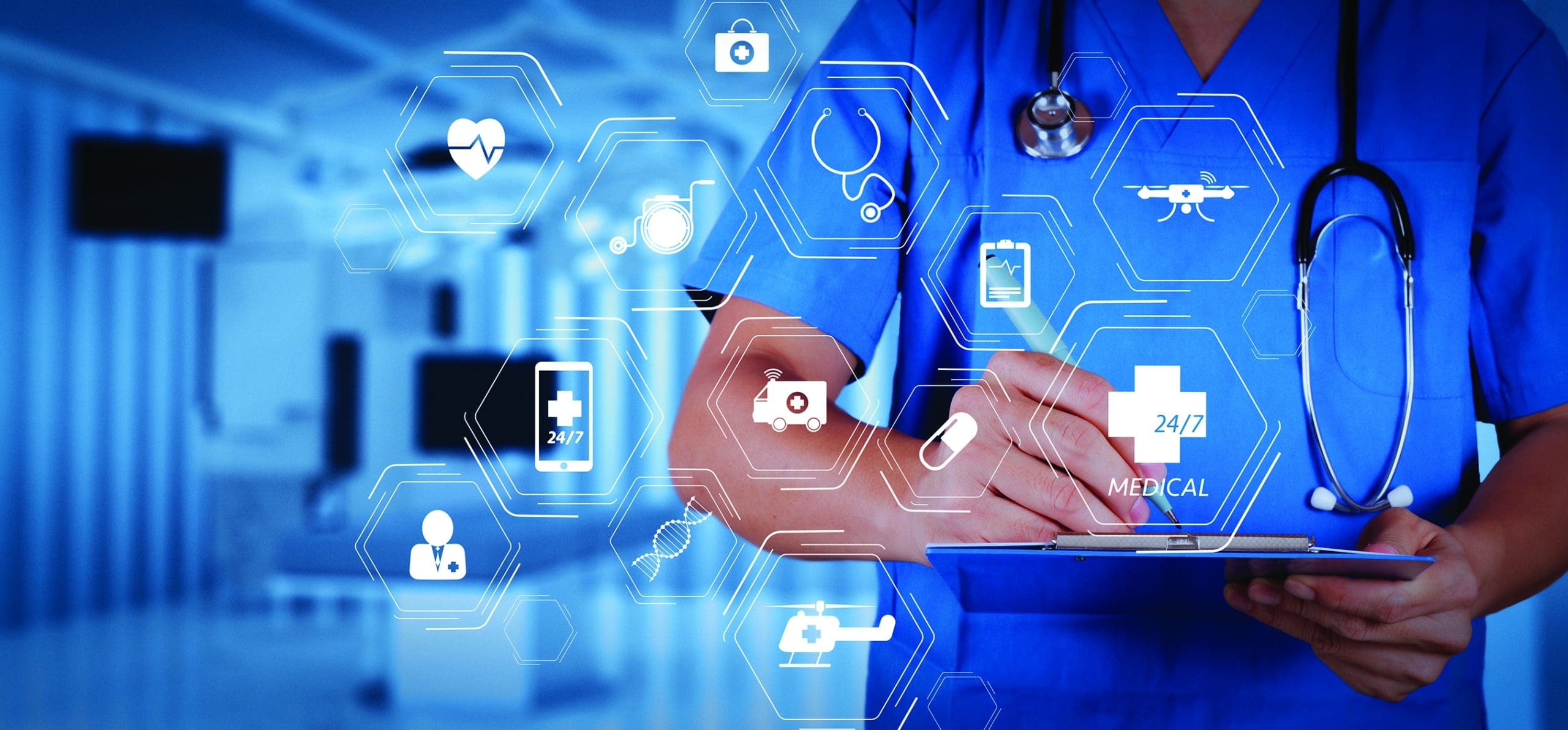
How Do EHR Systems Specifically Enhance the Quality of Healthcare Education?
EHRs promote accurate information access, data-driven learning, clinical decision support, interdisciplinary collaboration, and ongoing skill development through continuing education.
What Are the Main Challenges for Students and Educators in Integrating EHR Into Healthcare Training?
The steep learning curve and balancing technology with patient-centered care values require well-designed training programs with extensive hands-on practice.
How Does EHR Training Prepare Healthcare Professionals for The Future of Digital Healthcare?
It cultivates informatics competencies, data-driven clinical skills, adaptable mindsets open to emerging innovations, and compassionate, humanistic care values.
Key Takeaways
As EHR use grows, healthcare worker training must evolve too. Well-designed EHR instruction helps staff gain vital skills. This benefits their work and patient care quality. With proper training, EHRs help healthcare professionals excel in their roles. Ongoing training and improvement will maximize their impact.

